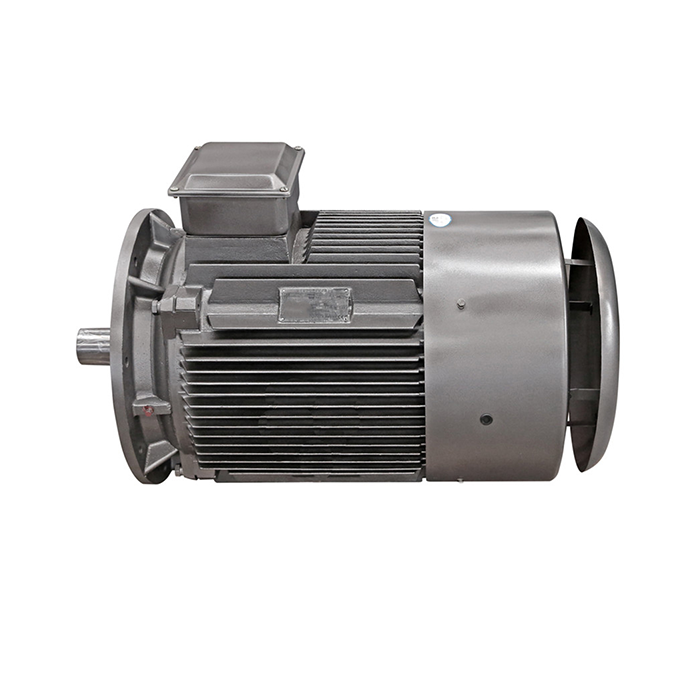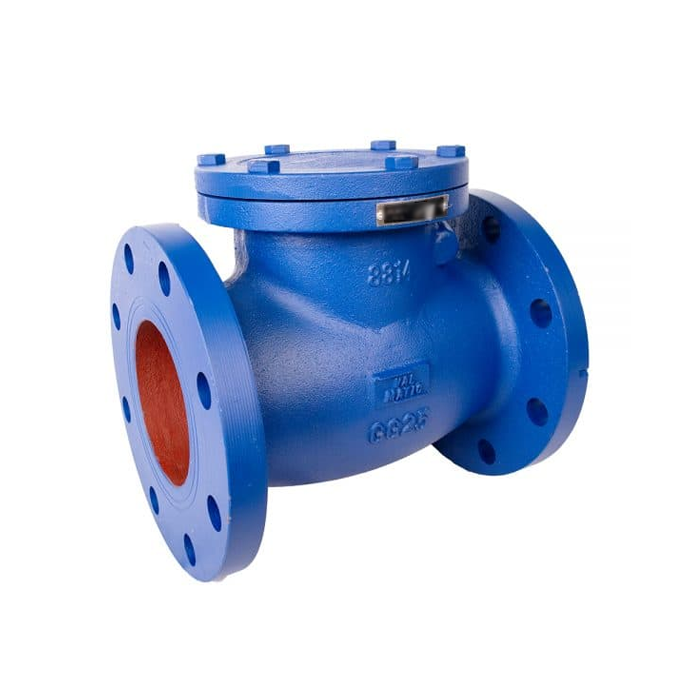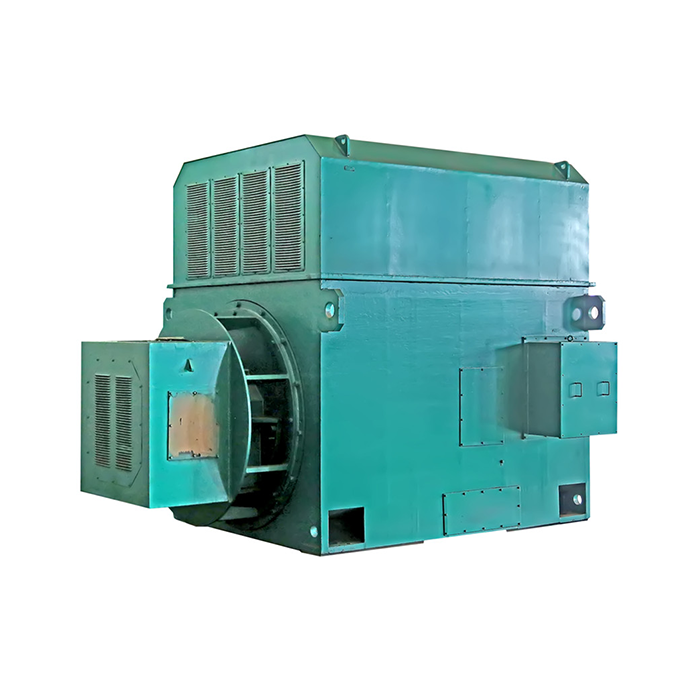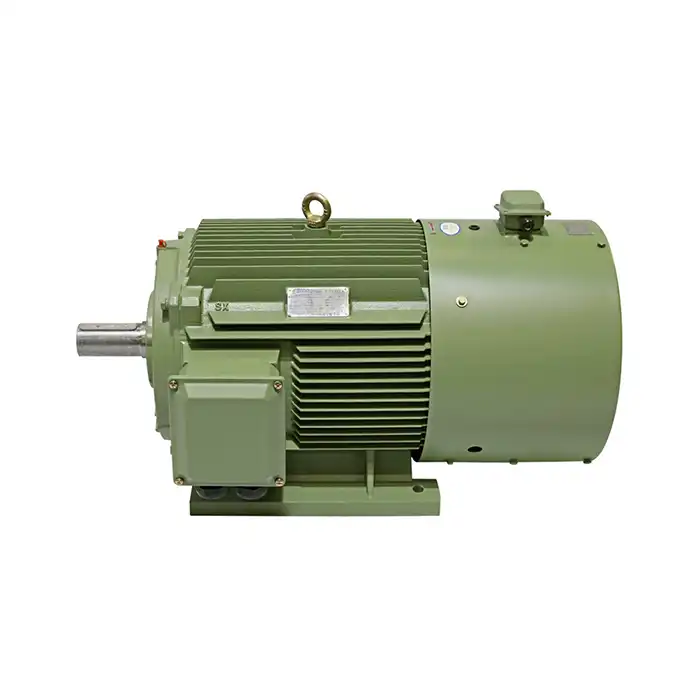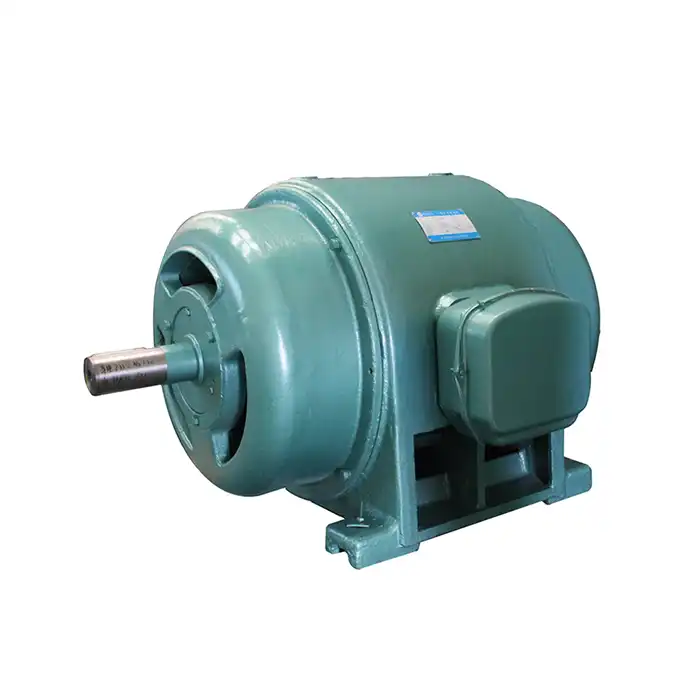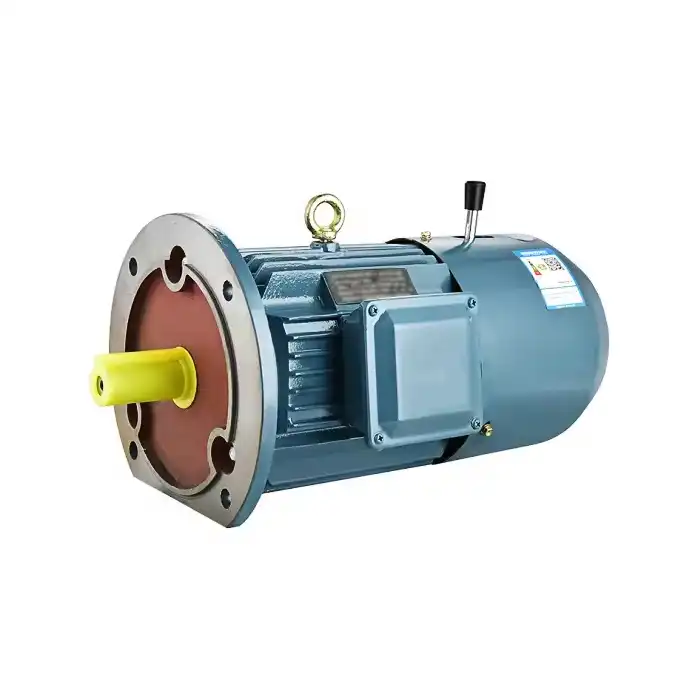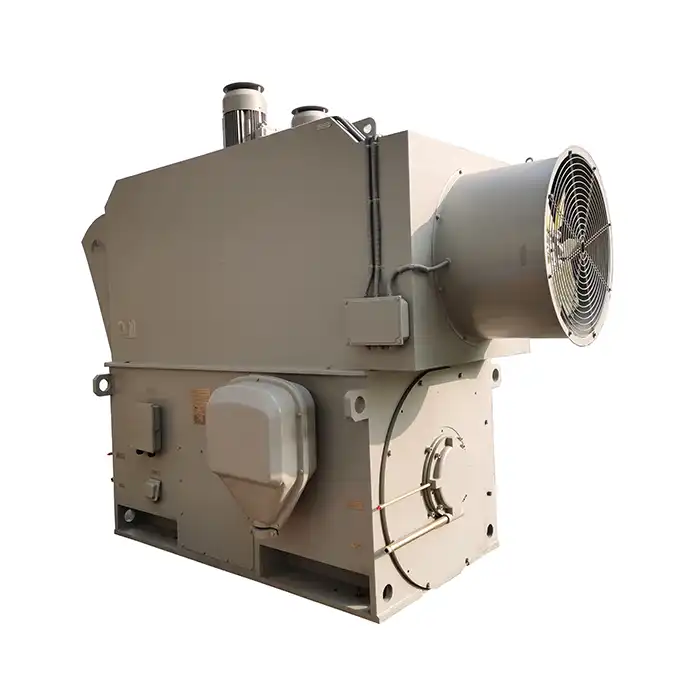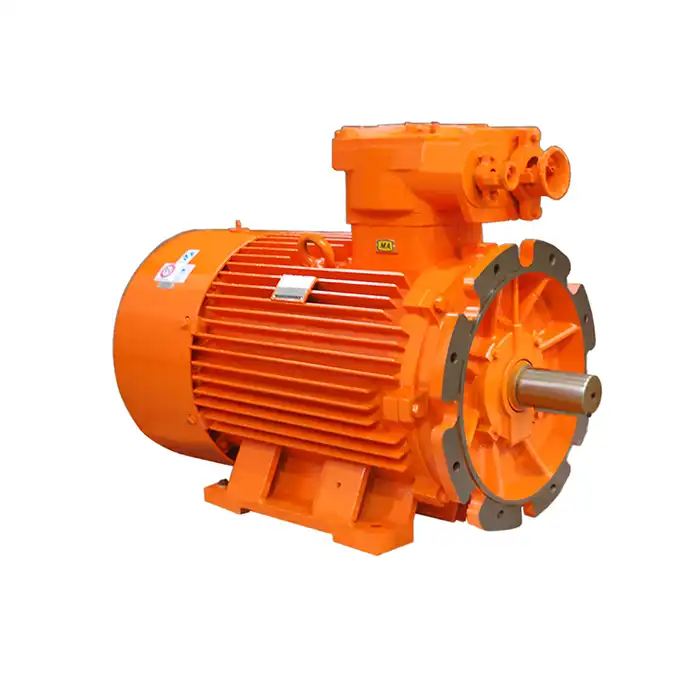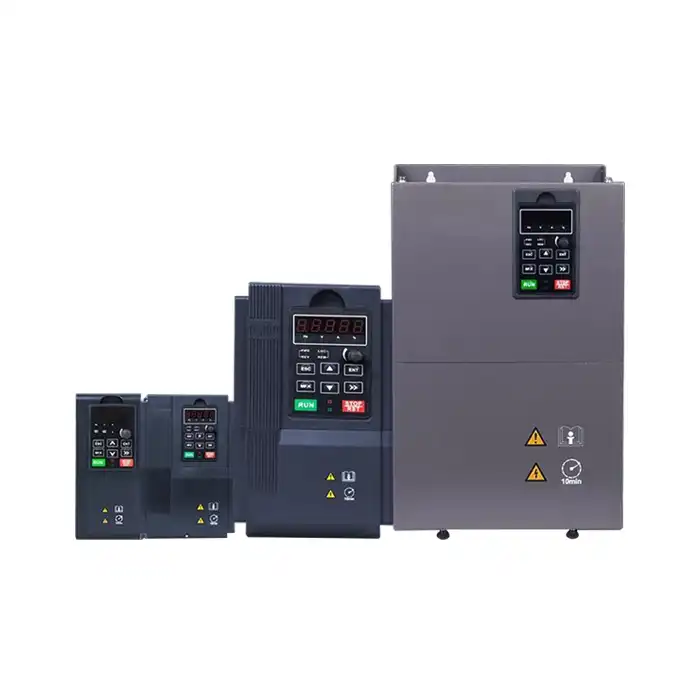Key stator core design parameters
Several design parameters significantly affect the performance and efficiency of LV induction motors. Let's examine these crucial factors:
Core geometry and dimensions
The shape and size of the stator core are critical factors that directly affect a motor's magnetic flux distribution and overall performance. A well-optimized core geometry ensures that the magnetic field is evenly distributed, reducing energy losses and enhancing efficiency. If the core is poorly designed, magnetic flux can become uneven, causing excessive losses and lower motor efficiency. By fine-tuning the core dimensions, manufacturers can minimize these magnetic losses, resulting in better performance and a more energy-efficient motor. Optimization of core geometry is thus essential for improving the motor's efficiency and lifespan, especially in applications requiring high performance.
Lamination thickness
The thickness of the laminations used in the stator core plays a crucial role in minimizing eddy current losses. Thinner laminations reduce the circulating currents within the core, which are responsible for energy loss in the form of heat. This reduction in eddy currents leads to improved motor efficiency and better overall performance. However, there's a balance to be struck between reducing lamination thickness and managing the associated manufacturing costs. While thinner laminations can improve efficiency, they require more precise manufacturing techniques, which may increase production costs. Therefore, manufacturers must carefully consider this trade-off to achieve the most cost-effective and efficient design.
Slot design
The design of the stator slots significantly impacts how magnetic flux is distributed and how copper losses occur. Proper slot design can optimize the performance of the motor by balancing the copper losses (which occur due to resistance in the windings) and iron losses (which are due to the magnetic field in the core). If the slots are not designed effectively, the magnetic flux may be poorly distributed, leading to higher losses and lower efficiency. A well-designed slot ensures that the motor runs smoothly, reducing both iron and copper losses, which ultimately enhances the motor's efficiency and extends its operational life.
Air gap
The air gap between the stator and rotor is a crucial factor that influences a motor's magnetizing current and overall efficiency. A smaller air gap allows for better coupling between the stator and rotor, leading to higher efficiency. The reduced distance allows the magnetic field to interact more effectively, requiring less magnetizing current to generate the necessary torque. However, achieving a smaller air gap can present challenges in terms of precision manufacturing. If the air gap is too small or uneven, it can lead to mechanical issues such as increased wear or vibrations. Therefore, while reducing the air gap can improve efficiency, manufacturers must carefully control its size to avoid potential issues during operation.
Innovative core materials for improved efficiency
Advancements in materials science have led to the development of new core materials that can significantly enhance the efficiency of LV induction motors.
High-grade electrical steel
Modern electrical steels with lower core losses and higher permeability can substantially improve motor efficiency. These materials allow for better magnetic flux distribution and reduced heat generation.
Amorphous metal cores
Amorphous metal alloys offer exceptionally low core losses compared to traditional silicon steel. While more expensive, they can provide significant efficiency gains in certain applications.
Nanocrystalline materials
Nanocrystalline soft magnetic materials combine high permeability with low core losses, making them promising candidates for future high-efficiency motor designs.
Composite cores
Soft magnetic composites (SMCs) allow for complex 3D flux paths and can reduce eddy current losses in certain motor designs. They offer unique possibilities for innovative stator core geometries.
Balancing efficiency and manufacturing costs
While improving motor efficiency is crucial, it's essential to consider the associated manufacturing costs and practical implications.
Material selection trade-offs
High-performance core materials often come with higher costs. Manufacturers must balance the potential energy savings against increased material expenses when selecting core materials for LV induction motors.
Manufacturing processes
Some high-efficiency core designs may require more complex or time-consuming manufacturing processes. Evaluating the impact on production costs and scalability is crucial when implementing new designs.
Thermal management considerations
Efficient core designs often result in reduced heat generation. This can potentially allow for smaller motor sizes or simplified cooling systems, affecting overall manufacturing costs.
Regulatory compliance
As energy efficiency standards become more stringent, manufacturers must consider how different core designs impact their ability to meet regulatory requirements cost-effectively.
Conclusion
The stator core design significantly influences the efficiency of LV induction motors. By carefully considering key parameters such as core geometry, lamination thickness, and slot design, manufacturers can optimize motor performance. Innovative core materials offer exciting possibilities for further efficiency improvements, but their implementation must be balanced against manufacturing costs and practical considerations.
As the demand for energy-efficient motors continues to grow, ongoing research and development in stator core design will play a vital role in pushing the boundaries of LV induction motor efficiency. By staying informed about the latest advancements and carefully evaluating design trade-offs, motor manufacturers can create products that meet the evolving needs of industries while minimizing energy consumption.
Optimize Your LV Induction Motor Efficiency with XCMOTOR
At XCMOTOR, we specialize in designing and manufacturing high-efficiency LV induction motors that incorporate the latest advancements in stator core technology. Our expert team of engineers meticulously balances performance, cost-effectiveness, and reliability to deliver motors that exceed industry standards. Whether you need motors for industrial applications, HVAC systems, or specialized equipment, XCMOTOR has the expertise to provide tailored solutions that optimize your energy consumption and operational costs.
Ready to enhance your motor efficiency? Contact our team of specialists today at xcmotors@163.com to discuss how our innovative LV induction motor designs can benefit your specific application. As a leading LV induction motor manufacturer, we're committed to powering your success with cutting-edge motor technology.
References
- Johnson, A. R. (2021). "Advanced Stator Core Designs for High-Efficiency LV Induction Motors." IEEE Transactions on Industrial Electronics, 68(5), 3821-3830.
- Smith, B. L., & Brown, C. D. (2020). "Impact of Core Material Selection on LV Induction Motor Efficiency." Journal of Electrical Engineering, 45(3), 278-292.
- Wang, X., et al. (2022). "Optimization Techniques for Stator Core Geometry in Energy-Efficient Motors." International Journal of Electrical Machines and Drives, 12(2), 156-170.
- Lee, J. H., & Park, S. Y. (2019). "Thermal Management Strategies in High-Efficiency LV Motor Design." Applied Thermal Engineering, 159, 113880.
- Garcia, M. R., et al. (2023). "Cost-Benefit Analysis of Advanced Core Materials in Industrial LV Induction Motors." Energy Conversion and Management, 275, 116424.
- Thompson, K. L. (2021). "Manufacturing Challenges in Implementing High-Efficiency Stator Core Designs." Journal of Manufacturing Processes, 70, 395-408.



